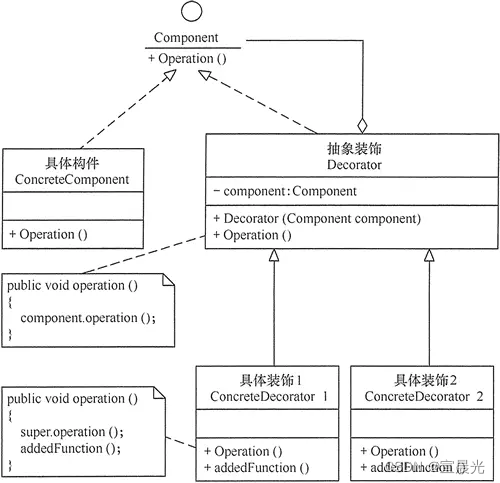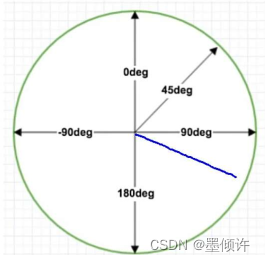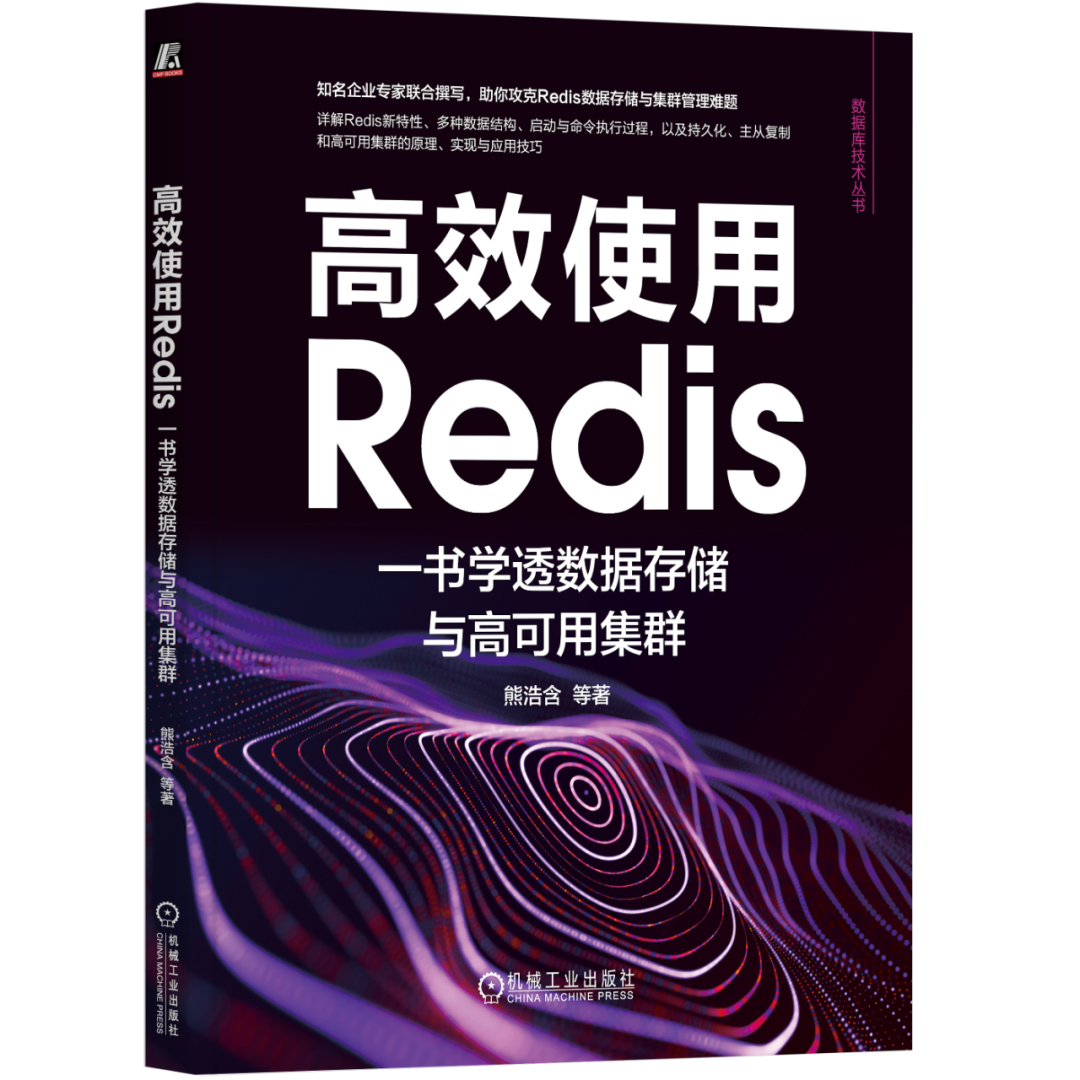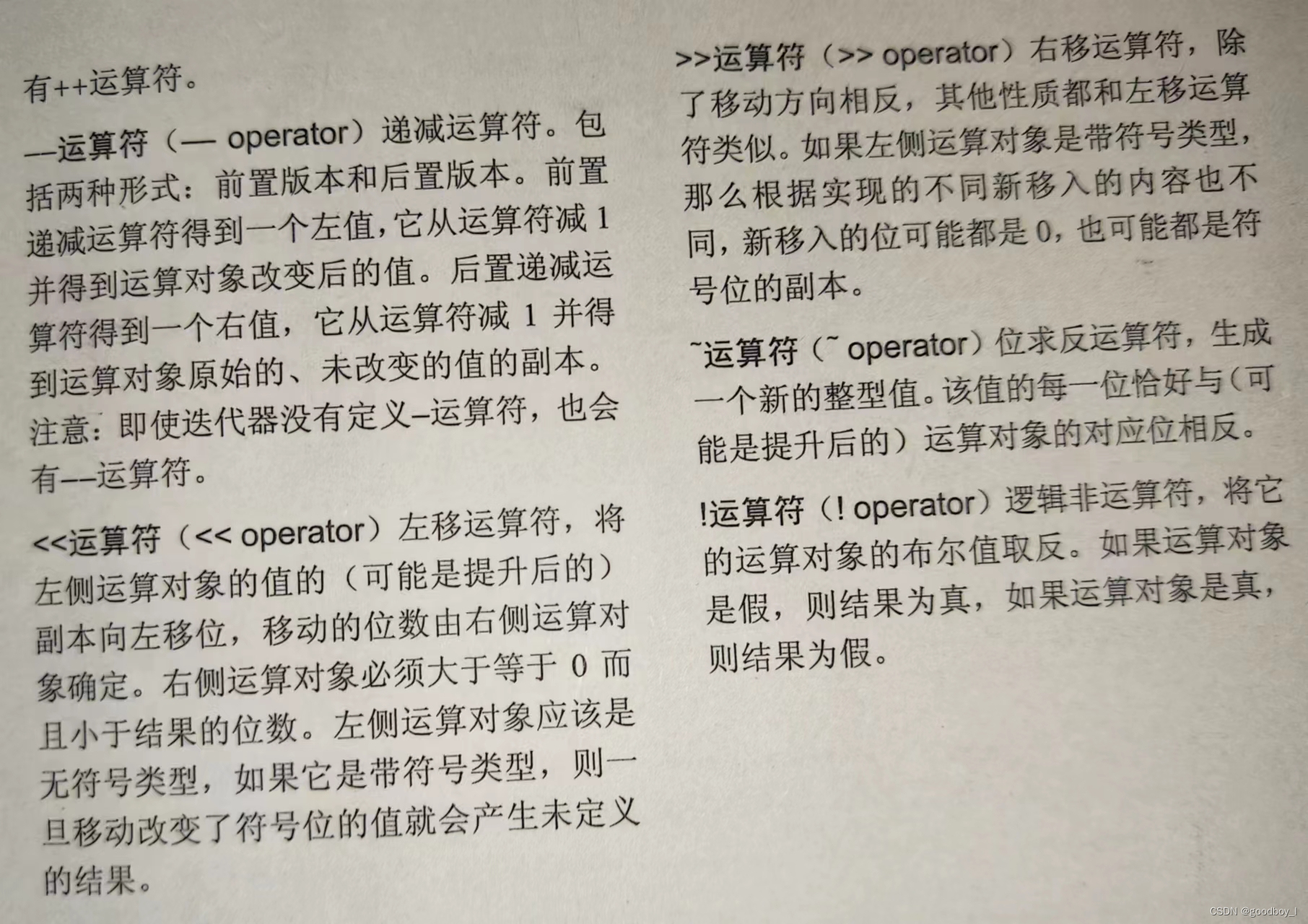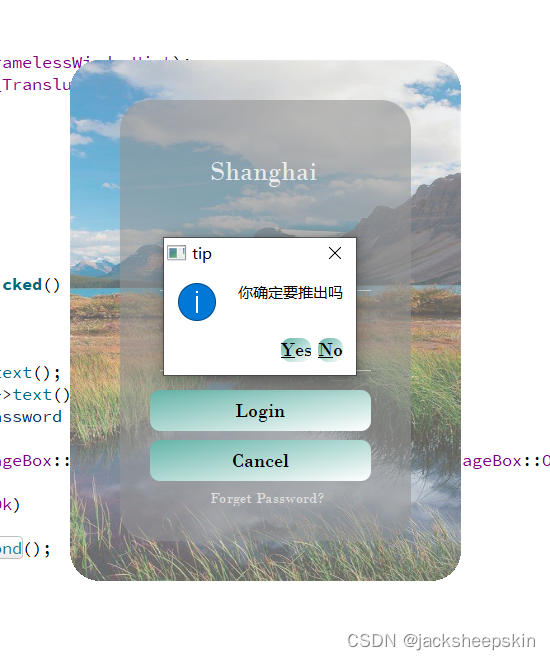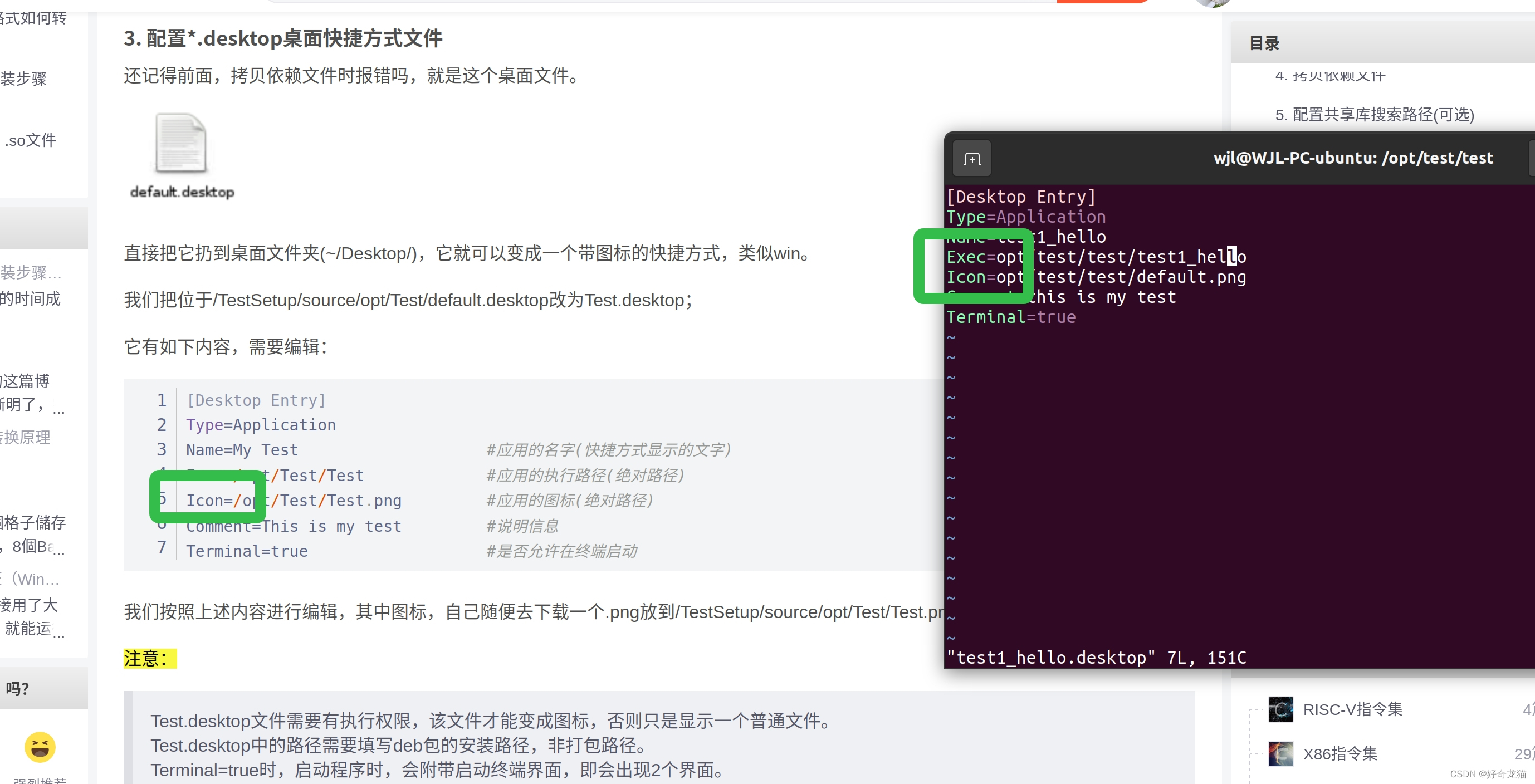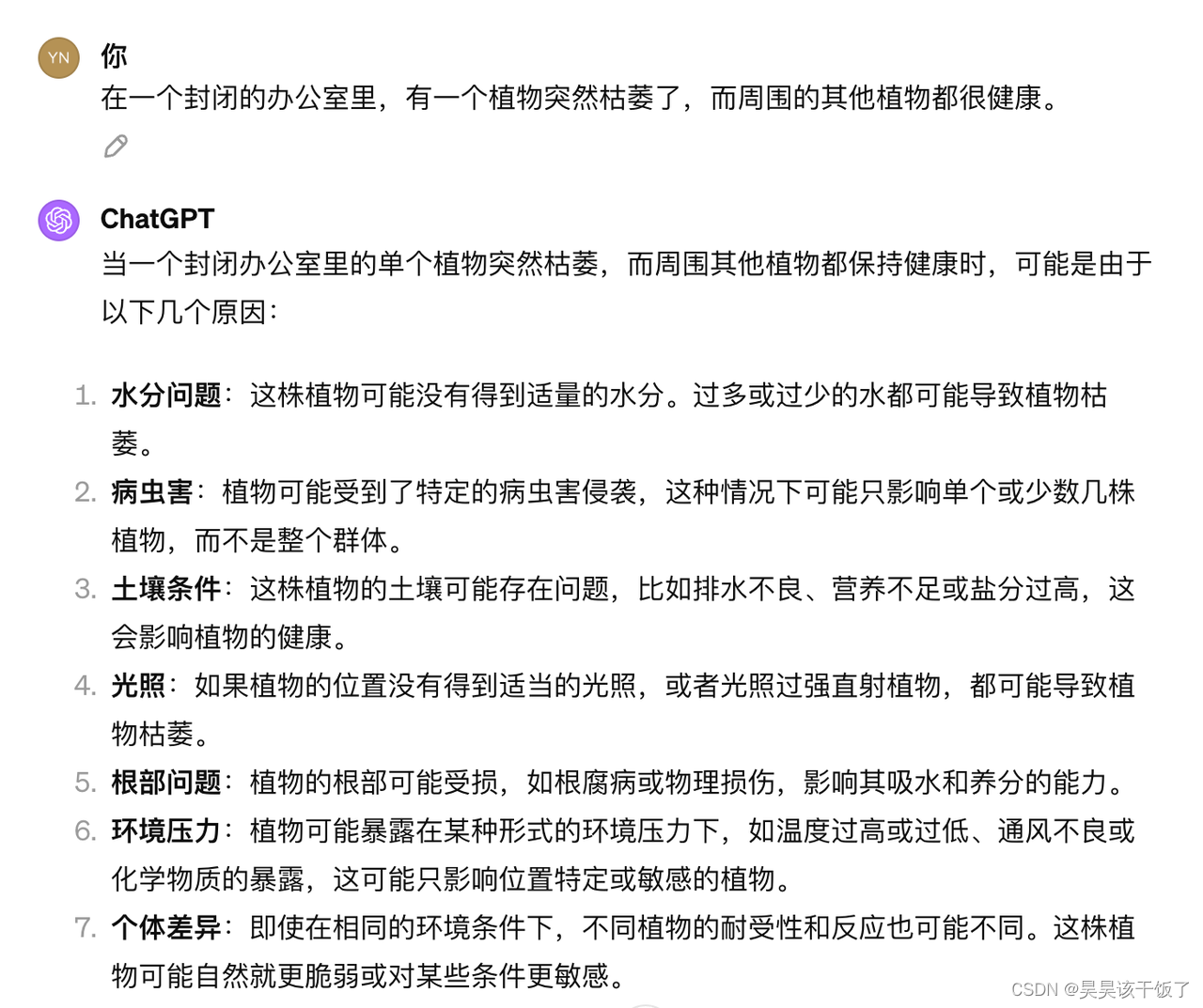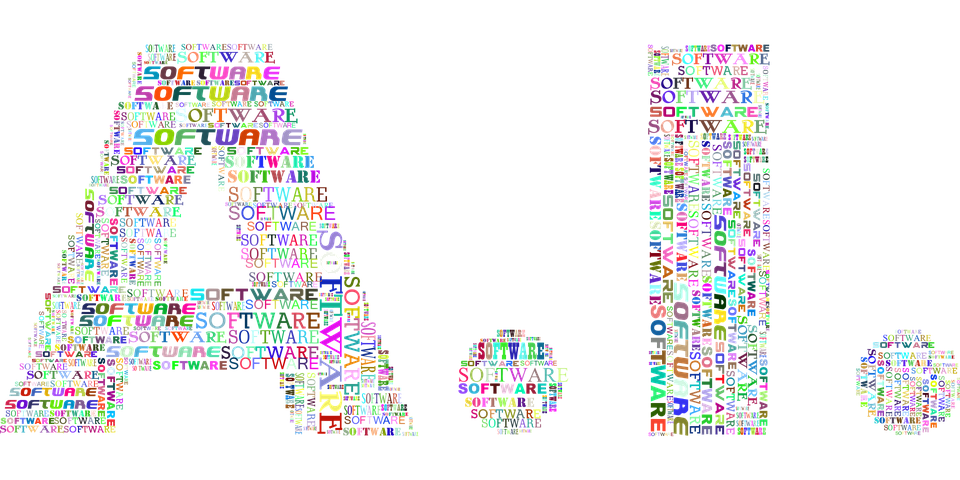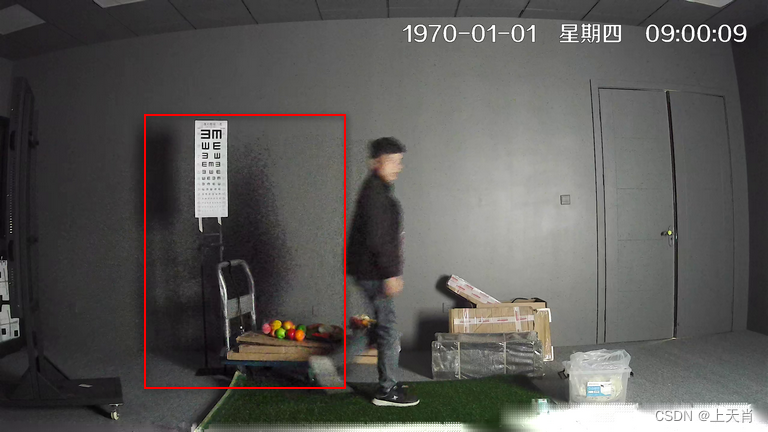qt-OPENGL-星系仿真
- 一、演示效果
- 二、核心程序
- 三、下载链接
一、演示效果
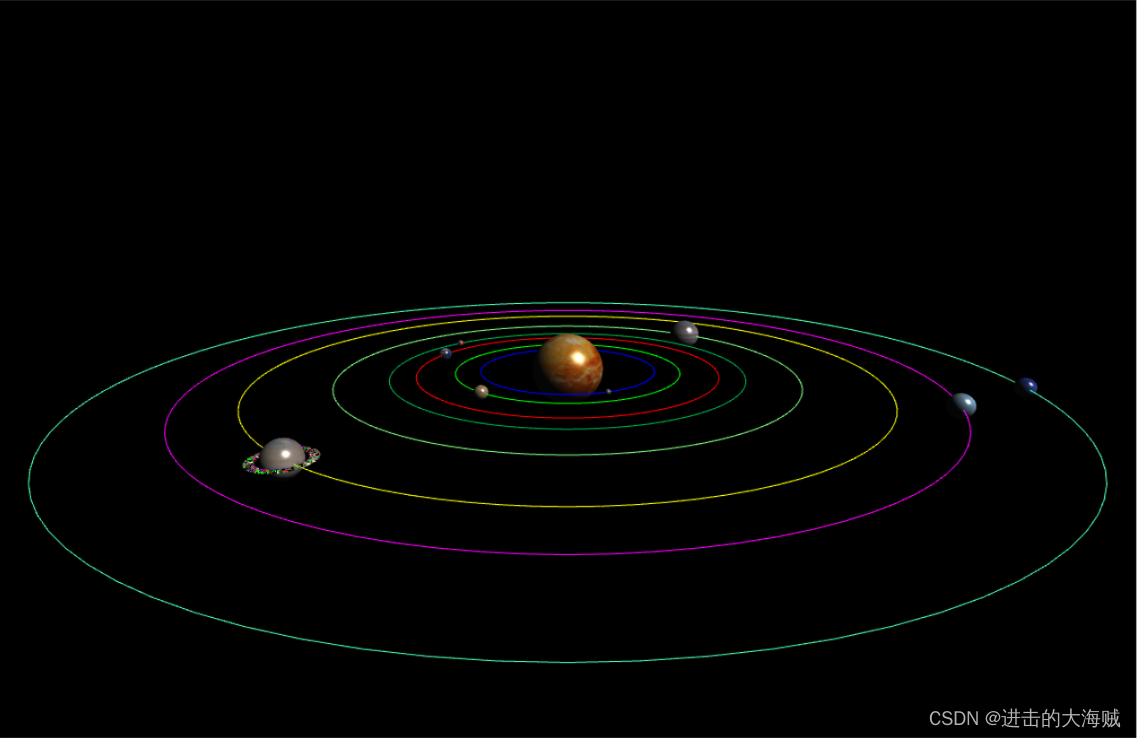
二、核心程序
#include "model.h"
Model::Model(QOpenGLWidget *_glWidget)
{
glWidget = _glWidget;
glWidget->makeCurrent();
initializeOpenGLFunctions();
}
Model::~Model()
{
destroyVBOs();
}
void Model::destroyVBOs()
{
glDeleteBuffers(1, &vboVertices);
glDeleteBuffers(1, &vboIndices);
glDeleteBuffers(1, &vboNormals);
glDeleteBuffers(1, &vboTexCoords);
glDeleteBuffers(1, &vboTangents);
glDeleteVertexArrays(1, &vao);
vboVertices = 0;
vboIndices = 0;
vboNormals = 0;
vboTexCoords = 0;
vboTangents = 0;
vao = 0;
}
void Model::createVBOs()
{
glWidget->makeCurrent();
destroyVBOs();
glGenVertexArrays(1, &vao);
glBindVertexArray(vao);
glGenBuffers(1, &vboVertices);
glBindBuffer(GL_ARRAY_BUFFER, vboVertices);
glBufferData(GL_ARRAY_BUFFER, numVertices * sizeof(QVector4D), vertices.get(), GL_STATIC_DRAW);
glVertexAttribPointer(0, 4, GL_FLOAT, GL_FALSE, 0, nullptr);
glEnableVertexAttribArray(0);
vertices.reset();
glGenBuffers(1, &vboNormals);
glBindBuffer(GL_ARRAY_BUFFER, vboNormals);
glBufferData(GL_ARRAY_BUFFER, numVertices * sizeof(QVector3D), normals.get(), GL_STATIC_DRAW);
glVertexAttribPointer(1, 3, GL_FLOAT, GL_FALSE, 0, nullptr);
glEnableVertexAttribArray(1);
normals.reset();
glGenBuffers(1, &vboTexCoords);
glBindBuffer(GL_ARRAY_BUFFER, vboTexCoords);
glBufferData(GL_ARRAY_BUFFER, numVertices * sizeof(QVector2D), texCoords.get(), GL_STATIC_DRAW);
glBindBuffer(GL_ARRAY_BUFFER, vboTexCoords);
glVertexAttribPointer(2, 2, GL_FLOAT, GL_FALSE, 0, nullptr);
glEnableVertexAttribArray(2);
texCoords.reset();
glGenBuffers(1, &vboTangents);
glBindBuffer(GL_ARRAY_BUFFER, vboTangents);
glBufferData(GL_ARRAY_BUFFER, numVertices * sizeof(QVector4D), tangents.get(), GL_STATIC_DRAW);
glVertexAttribPointer(3, 4, GL_FLOAT, GL_FALSE, 0, nullptr);
glEnableVertexAttribArray(3);
tangents.reset();
glGenBuffers(1, &vboIndices);
glBindBuffer(GL_ELEMENT_ARRAY_BUFFER, vboIndices);
glBufferData(GL_ELEMENT_ARRAY_BUFFER, numFaces * 3 * sizeof(unsigned int), indices.get(), GL_STATIC_DRAW);
indices.reset();
}
void Model::drawModel()
{
float fixedAngle = -90.0f;
modelMatrix.setToIdentity();
modelMatrix.translate(position);
modelMatrix.rotate(angle, 0.0, 1.0, 0.0);
modelMatrix.rotate(fixedAngle, 1.0, 0.0, 0.0);
modelMatrix.scale(invDiag * scale, invDiag * scale, invDiag*scale);
modelMatrix.translate(-midPoint);
GLuint locModel = 0;
GLuint locNormalMatrix = 0;
GLuint locShininess = 0;
locModel = glGetUniformLocation(shaderProgram, "model");
locNormalMatrix = glGetUniformLocation(shaderProgram, "normalMatrix");
locShininess = glGetUniformLocation(shaderProgram, "shininess");
glBindVertexArray(vao);
// GL_CHECK(glUseProgram(shaderProgram[shaderIndex]));
glUniformMatrix4fv(locModel, 1, GL_FALSE, modelMatrix.data());
glUniformMatrix3fv(locNormalMatrix, 1, GL_FALSE, modelMatrix.normalMatrix().data());
glUniform1f(locShininess, static_cast<GLfloat>(material.shininess));
if (textureID)
{
GLuint locColorTexture = 0;
locColorTexture = glGetUniformLocation(shaderProgram, "colorTexture");
glUniform1i(locColorTexture, 0);
glActiveTexture(GL_TEXTURE0);
glBindTexture(GL_TEXTURE_2D, textureID);
}
glDrawElements(GL_TRIANGLES, numFaces * 3, GL_UNSIGNED_INT, 0);
}
void Model::readOFFFile(QString const &fileName)
{
std::ifstream stream;
stream.open(fileName.toUtf8(),std::ifstream::in);
if (!stream.is_open())
{
qWarning("Cannot open file.");
return;
}
std::string line;
stream >> line;
stream >> numVertices >> numFaces >> line;
// http://en.cppreference.com/w/cpp/memory/unique_ptr/make_unique
vertices = std::make_unique<QVector4D[]>(numVertices);
indices = std::make_unique<unsigned int[]>(numFaces * 3);
if (numVertices > 0)
{
float minLim = std::numeric_limits<float>::lowest();
float maxLim = std::numeric_limits<float>::max();
QVector4D max(minLim, minLim, minLim, 1.0);
QVector4D min(maxLim, maxLim, maxLim, 1.0);
for (unsigned int i = 0; i < numVertices; ++i)
{
float x, y, z;
stream >> x >> y >> z;
max.setX(std::max(max.x(), x));
max.setY(std::max(max.y(), y));
max.setZ(std::max(max.z(), z));
min.setX(std::min(min.x(), x));
min.setY(std::min(min.y(), y));
min.setZ(std::min(min.z(), z));
vertices[i] = QVector4D(x, y, z, 1.0);
}
midPoint = QVector3D((min + max) * 0.5);
invDiag = 1 / (max - min).length();
}
for (unsigned int i = 0; i < numFaces; ++i)
{
unsigned int a, b, c;
stream >> line >> a >> b >> c;
indices[i * 3 + 0] = a;
indices[i * 3 + 1] = b;
indices[i * 3 + 2] = c;
}
stream.close();
createNormals();
createTexCoords();
createTangents();
createVBOs();
}
void Model::createNormals()
{
normals = std::make_unique<QVector3D[]>(numVertices);
for (unsigned int i = 0; i < numFaces; ++i)
{
QVector3D a = QVector3D(vertices[indices[i * 3 + 0]]);
QVector3D b = QVector3D(vertices[indices[i * 3 + 1]]);
QVector3D c = QVector3D(vertices[indices[i * 3 + 2]]);
QVector3D faceNormal = QVector3D::crossProduct((b - a), (c - b));
// Accumulates face normals on the vertices
normals[indices[i * 3 + 0]] += faceNormal;
normals[indices[i * 3 + 1]] += faceNormal;
normals[indices[i * 3 + 2]] += faceNormal;
}
for (unsigned int i = 0; i < numVertices; ++i)
{
normals[i].normalize();
}
}
void Model::createTexCoords()
{
texCoords = std::make_unique<QVector2D[]>(numVertices);
// Compute minimum and maximum values
auto minz = std::numeric_limits<float>::max();
auto maxz = std::numeric_limits<float>::lowest();
for (unsigned int i = 0; i < numVertices; ++i)
{
minz = std::min(vertices[i].z(), minz);
maxz = std::max(vertices[i].z(), maxz);
}
for (unsigned int i = 0; i < numVertices; ++i)
{
auto s = (std::atan2(vertices[i].y(), vertices[i].x()) + M_PI) / (2 * M_PI);
auto t = 1.0f - (vertices[i].z() - minz) / (maxz - minz);
texCoords[i] = QVector2D(s, t);
}
}
void Model::loadTexture(const QImage &image)
{
if (textureID)
{
glDeleteTextures(1, &textureID);
}
glGenTextures(1, &textureID);
glBindTexture(GL_TEXTURE_2D, textureID);
glTexImage2D(GL_TEXTURE_2D, 0, GL_RGBA, image.width(), image.height(), 0, GL_RGBA, GL_UNSIGNED_BYTE, image.bits());
glTexParameteri(GL_TEXTURE_2D, GL_TEXTURE_WRAP_S, GL_REPEAT);
glTexParameteri(GL_TEXTURE_2D, GL_TEXTURE_WRAP_T, GL_REPEAT);
glTexParameteri(GL_TEXTURE_2D, GL_TEXTURE_MAG_FILTER, GL_LINEAR);
glTexParameteri(GL_TEXTURE_2D, GL_TEXTURE_MIN_FILTER, GL_LINEAR_MIPMAP_LINEAR);
glGenerateMipmap(GL_TEXTURE_2D);
}
void Model::createTangents()
{
tangents = std::make_unique<QVector4D[]>(numVertices);
std::unique_ptr<QVector3D[]> bitangents;
bitangents = std::make_unique<QVector3D[]>(numVertices);
for (unsigned int i = 0; i < numFaces ; ++i)
{
unsigned int i1 = indices[i * 3 + 0];
unsigned int i2 = indices[i * 3 + 1];
unsigned int i3 = indices[i * 3 + 2];
QVector3D E = vertices[i1].toVector3D();
QVector3D F = vertices[i2].toVector3D();
QVector3D G = vertices[i3].toVector3D();
QVector2D stE = texCoords[i1];
QVector2D stF = texCoords[i2];
QVector2D stG = texCoords[i3];
QVector3D P = F - E;
QVector3D Q = G - E;
QVector2D st1 = stF - stE;
QVector2D st2 = stG - stE;
QMatrix2x2 M;
M(0, 0) = st2.y();
M(0, 1) = -st1.y();
M(1, 0) = -st2.x();
M(1, 1) = st1.x();
M *= (1.0 / (st1.x() * st2.y() - st2.x() * st1.y()));
QVector4D T = QVector4D (M(0, 0) * P.x() + M(0, 1) * Q.x(),
M(0, 0) * P.y() + M(0, 1) * Q.y(),
M(0, 0) * P.z() + M(0, 1) * Q.z(), 0.0);
QVector3D B = QVector3D (M(1, 0) * P.x() + M(1, 1) * Q.x(),
M(1, 0) * P.y() + M(1, 1) * Q.y(),
M(1, 0) * P.z() + M(1, 1) * Q.z());
tangents[i1] += T;
tangents[i2] += T;
tangents[i3] += T;
bitangents[i1] += B;
bitangents[i2] += B;
bitangents[i3] += B;
}
for (unsigned int i = 0; i < numVertices; ++i)
{
const QVector3D &n = normals[i];
const QVector4D &t = tangents[i];
tangents[i] = (t - n * QVector3D::dotProduct(n, t.toVector3D())).normalized();
QVector3D b = QVector3D::crossProduct(n, t.toVector3D());
double hand = QVector3D::dotProduct(b, bitangents[i]);
tangents[i].setW((hand < 0.0) ? -1.0 : 1.0);
}
}
三、下载链接
https://download.csdn.net/download/u013083044/88861312。


